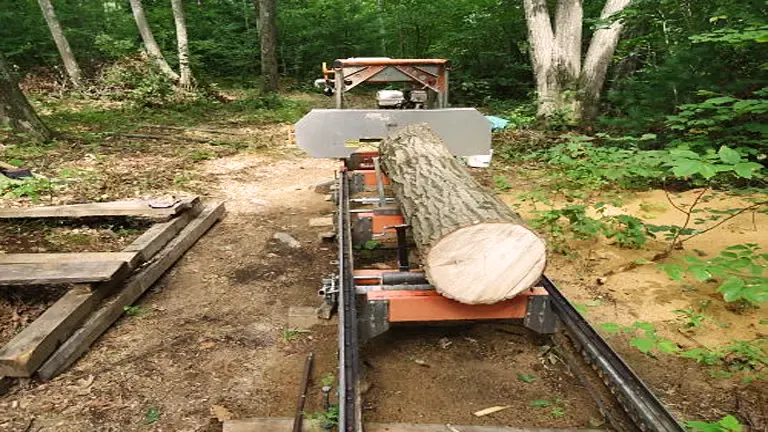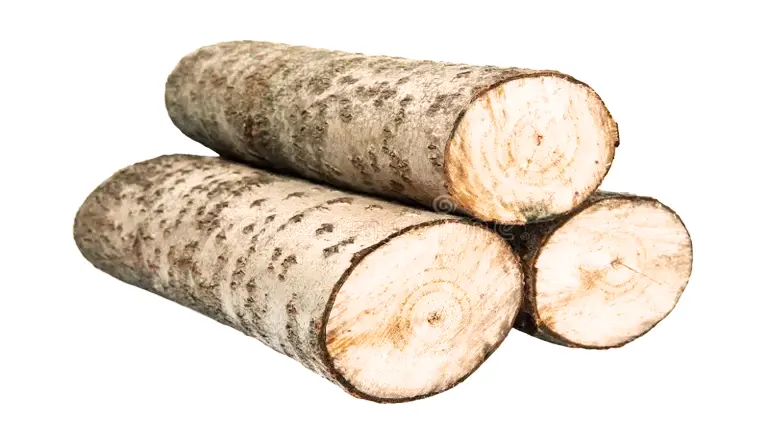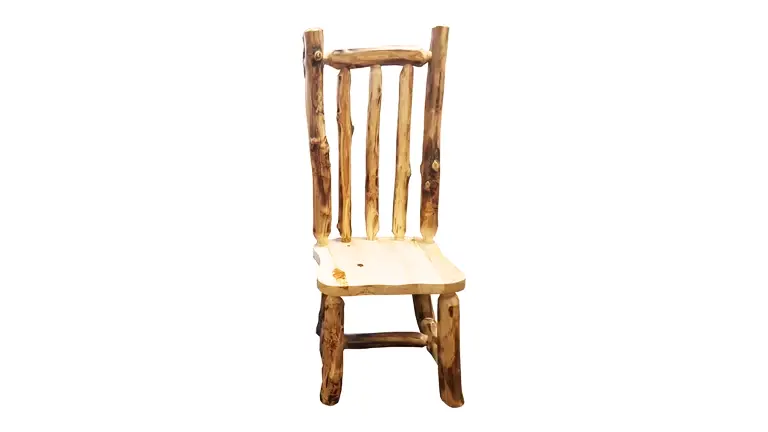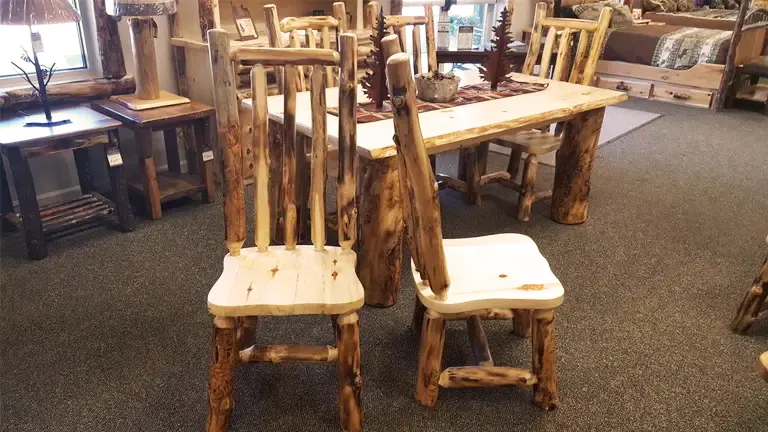Aspen Poplar Lumber
- August 1, 2023
- 0 comment
Aspen Poplar lumber, sourced from the Populus tremuloides tree, stands as a prominent and versatile wood species that finds widespread application in various industries. Known affectionately as “Aspen,” this deciduous hardwood proudly originates from North America, showcasing its unique pale hue and delightfully smooth texture.

One of the primary factors contributing to the popularity of Aspen Poplar lumber lies in its exceptional workability, allowing artisans and craftsmen to shape it with ease and precision. Its moderate strength, coupled with a relatively lightweight nature, further enhances its appeal, making it suitable for a diverse range of projects.
The light coloration of Aspen Poplar makes it a preferred choice for furniture, cabinetry, millwork, and interior trim, providing a bright and airy aesthetic. Moreover, its flexibility extends to applications in packaging, plywood, and pulpwood, owing to its widespread availability and cost-effectiveness. Despite not boasting innate resistance to decay, proper protective measures can render it suitable for indoor projects, while its paint and stain receptiveness encourage a spectrum of finishing possibilities.
| Common Name(s) | Aspen Poplar |
|---|---|
| Scientific Name | Populus tremuloides |
| Distribution | North America |
| Tree Size | 65-100 ft (20-30 m) tall, 1-2 ft (.3-.6 m) trunk diameter |
| Average Dried Weight | 28 lbs/ft3 (450 kg/m3) |
| Specific Gravity | 0.45 |
| Janka Hardness | 350 lbf (1,560 N) |
| Modulus of Rupture | 9,800 lbf/in2 (67.6 MPa) |
| Elastic Modulus | 1,220,000 lbf/in2 (8.41 GPa) |
| Crushing Strength | 4,600 lbf/in2 (31.7 MPa) |
| Shrinkage | Radial: 4%, Tangential: 8%, Volumetric: 12% |
Color/Appearance:
Aspen Poplar lumber boasts a soft, inviting color palette ranging from a delicate pale white to a light greenish-brown hue. This charming array of colors is occasionally complemented by subtle green or yellow undertones, adding character to the wood’s appearance. Notably, Aspen lacks a distinct contrast between its heartwood and sapwood, leading to a consistent and harmonious overall color profile.



Grain/Texture:
The wood grain of Aspen Poplar is a delight for woodworkers, exhibiting a straight and even pattern that exudes elegance and simplicity. Its fine and uniform texture adds to its appeal, providing a smooth surface that takes well to various finishes. With a low natural luster, Aspen Poplar radiates a subtle glow that doesn’t overpower its understated charm.
Rot Resistance:
Aspen Poplar, while a versatile wood, falls short in terms of natural resistance to decay. Without proper protection, it is vulnerable to rot and susceptible to insect attacks. As a result, it is best suited for indoor projects or applications where it can be shielded from excessive moisture and direct exposure to the elements.
Workability:
One of Aspen Poplar’s most cherished attributes is its exceptional workability. This wood demonstrates a cooperative nature when worked with hand and machine tools, making it a favorite among craftsmen. The wood’s moderate strength, coupled with its lightweight properties, allows for easy shaping and crafting. However, due to its low density, care should be taken to avoid tearout when using power tools. Additionally, Aspen Poplar exhibits commendable gluing and finishing characteristics, further contributing to its ease of use in various projects.
Odor:
One pleasant aspect of working with Aspen Poplar is its lack of characteristic odor. This neutral scent allows artisans to focus on their craft without any distracting aromas, making it a favored choice for indoor applications.
Allergies/Toxicity:
Aspen Poplar lumber is generally considered non-toxic, and it poses no significant allergenic risks to woodworkers. Working with this wood is safe and unlikely to cause adverse reactions for most individuals.
Pricing/Availability:
Aspen Poplar enjoys abundant availability, making it a cost-effective option among hardwoods. Its widespread distribution ensures ready access for consumers, making it a popular choice for various projects.
Sustainability:
The Populus tremuloides tree, the source of Aspen Poplar lumber, is renowned for its fast growth and regenerative abilities. This eco-friendly trait positions it as a relatively sustainable option for lumber, appealing to environmentally conscious consumers seeking responsible material choices for their woodworking projects.
Common Uses:
Aspen Poplar lumber finds diverse applications in the woodworking industry. Its light color and smooth texture make it an ideal choice for crafting furniture, cabinetry, millwork, and interior trim, providing a bright and airy aesthetic to living spaces. Beyond traditional uses, Aspen Poplar serves as a reliable material for packaging, plywood, and pulpwood, owing to its affordability and widespread availability. Its versatility, coupled with its sustainability, ensures Aspen Poplar remains a popular choice among craftsmen and builders seeking adaptable and eco-friendly wood options.


FAQs:
- Is Aspen Poplar a hardwood or softwood?
Aspen Poplar is a hardwood species. - Can Aspen Poplar be used for outdoor projects?
Aspen Poplar is not naturally rot-resistant and is not recommended for outdoor projects unless appropriately treated with preservatives. - Is Aspen Poplar suitable for staining or painting?
Yes, Aspen Poplar takes stain and paint well, allowing for various finishing options. - Does Aspen Poplar have any distinct smell?
Aspen Poplar does not have any characteristic odor. - Is Aspen Poplar sustainable for woodworking projects?
Yes, Aspen Poplar is considered relatively sustainable due to its fast growth and wide availability. - Can Aspen Poplar be used for structural applications?
While Aspen Poplar has moderate strength properties, it is not commonly used for heavy structural purposes.








Leave your comment